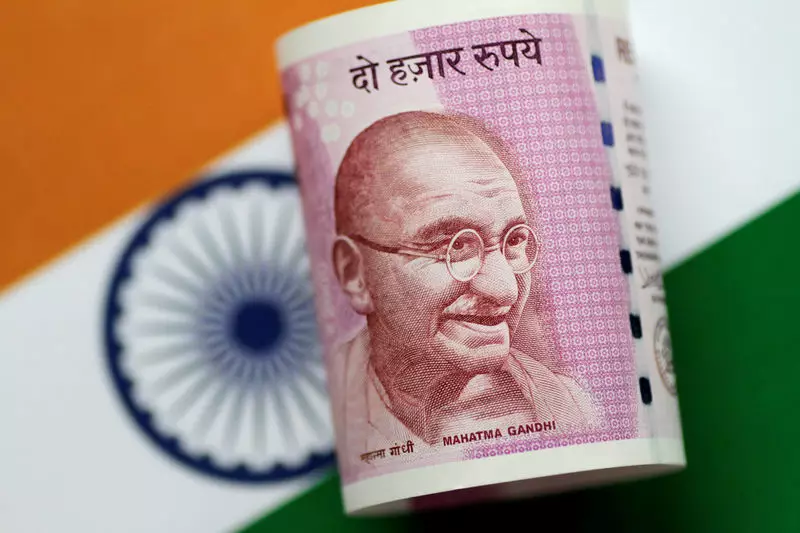Understanding the Evolving Landscape of INR/USD Exchange Rate Dynamics

The Reserve Bank of India’s (RBI) approach to the Indian rupee (INR) relative to the US dollar (USD) has entered a critical phase marked by volatility and external economic pressures. Barclays has highlighted that the RBI appears willing to let the USD/INR exchange rate stabilize within a new range, largely influenced by various global economic factors. Notably, projections indicate that the exchange rate could ascend to about 84.40 gradually. However, with every 0.5 unit fluctuation, potential retracement risks loom larger, suggesting a landscape fraught with instability.
This change in stance is occurring against a backdrop of rising crude oil prices and record-high gold prices, which bolster the dollar’s strength. Furthermore, the escalating risk aversion among investors in the region has sparked foreign portfolio investors to pull back, resulting in them becoming net sellers of Indian equities in October. Such trends reflect the compounding complexities that the Indian economy faces, mirroring shifts in global financial sentiments.
Despite a recent dip in crude oil prices, analysts from Barclays warn of ongoing balance of payments hurdles for India. This raises questions about the RBI’s future strategies in managing the exchange rate. The anticipated moderation in foreign investment suggests that as the year draws to a close, institutional investors might continue to reassess their exposure to Indian markets. Factors such as slowing economic growth, uncertain inflation forecasts, and pre-election considerations in the US are likely to shape these investment decisions.
Interestingly, while foreign institutions signal caution, domestic investment is showing resilience. The propensity for local investors to bolster their stakes could provide a buffer against significant downturns in Indian equity indices, even as overseas investors retreat. This divergence in behavior highlights the dynamically layered complexities of the Indian financial landscape, where domestic fundamentals might carry weight against external pressures.
An essential aspect of the conversation surrounding the INR/USD dynamics is the RBI’s recent willingness to tolerate fluctuations in the rupee’s valuation. This shift may be attributed to the rupee’s nominal effective exchange rate (NEER) having appreciated significantly since late September. Barclays notes the RBI’s adaptations to its NEER calculations since the year 2000, signaling a broader strategic overhaul in response to evolving market conditions.
Moreover, the reclassification of India’s exchange rate regime by the International Monetary Fund (IMF) from “floating” to “stabilized arrangement” is another critical element. The RBI, however, has contested this viewpoint, asserting that its interventions are necessary to maintain market order rather than reflect a systemic policy shift. This tension between the RBI’s management practices and IMF classifications underscores the challenges faced in navigating a complex global economic environment.
As the landscape of global finance continues to shift, the dynamics surrounding the USD/INR exchange rate will remain a focal point for investors and policymakers alike. Barclays’ insights illustrate how interconnected global economic factors can shape currency trends and that vigilant monitoring will be essential to navigate the coming months. In light of potential risks and adjusting strategies, both foreign and domestic investors will need to adopt a discerning approach in the ever-evolving journey of the Indian rupee amidst global turbulence.





